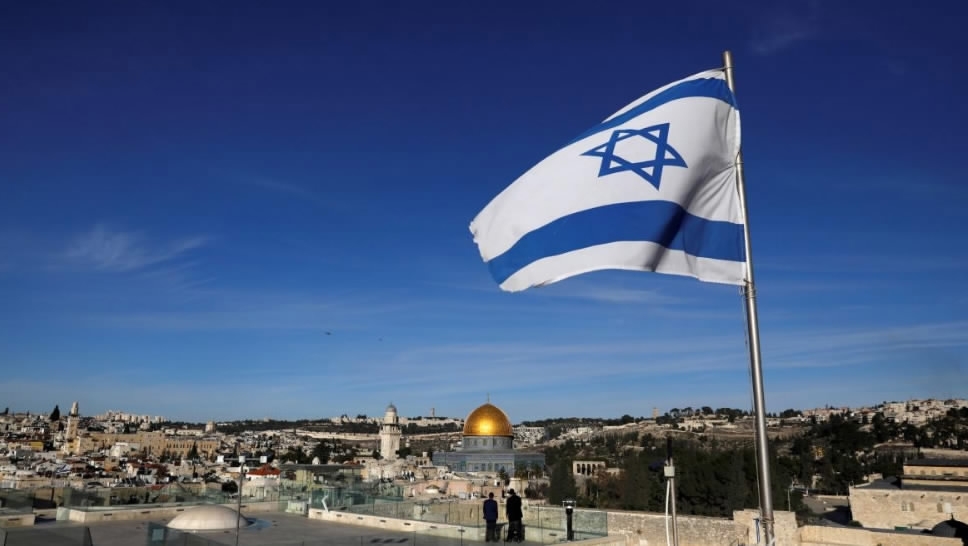
Politics
17:25, 06-Dec-2017
Jerusalem explained: How the status of the city has changed
CGTN

US President Donald Trump's announcement to recognize Jerusalem as the capital of Israel upended decades of US policy and further complicated efforts to broker peace between Israel and the Palestinians.
The international community, including the US, had long been clear on the status of Jerusalem: refusing to recognize Israel's unilateral annexation of East Jerusalem in 1980.
International laws also stipulate that Israelis are not allowed to change the status of areas within the city, although Israel disputes this and has built settlements in East Jerusalem.
The status of Jerusalem is one of the most contentious questions in the Israel-Palestine conflict. The 1993 Israel-Palestine peace accords dictated that the city’s final status should be determined towards the end of peace talks.
Trump's decision to recognize Jerusalem as the capital of Israel and move the US embassy there is expected to cement Israel's hold over the city and spark unease across the Arab world.
Here is a timeline showing the international community’s approach to Jerusalem and how the city’s status has changed over the past decades:

The first country to have an embassy
Though US and Jerusalem planned a plot of land in Jerusalem for its embassy in 1989, the US has never had this plan executed.
Other countries did. Before 1980, countries including the Netherlands and Costa Rica had set their embassies in Jerusalem. It wasn't until 2006 when the last two countries – Costa Rica and El Salvador – moved their embassies out of Jerusalem. However, some countries do have consulates in the city including the US.
For now, 86 countries have embassies in Tel Aviv and the delegation of the EU to Israel is also located in Tel Aviv while no country has embassies in Jerusalem. After Trump's announcement, the US will be the first country to have an embassy in Jerusalem.
7129km

SITEMAP
Copyright © 2018 CGTN. Beijing ICP prepared NO.16065310-3
Copyright © 2018 CGTN. Beijing ICP prepared NO.16065310-3